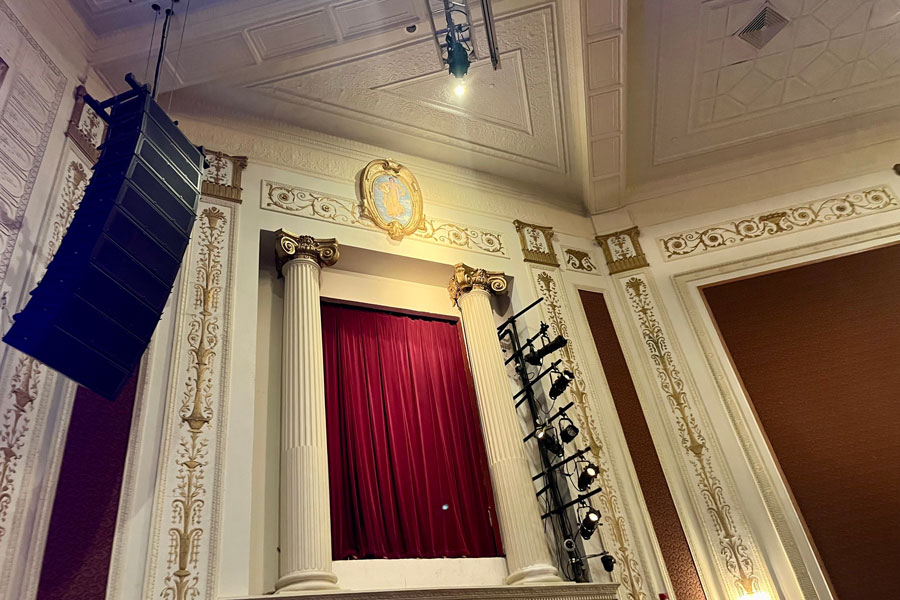Patchogue Theatre for the Performing Arts

The Patchogue Theatre for the Performing Arts is one of Long Island’s most historic and vibrant cultural venues. Located on Main Street in the heart of Patchogue Village, this fully restored landmark offers a rich blend of history, architecture, and entertainment. With a seating capacity of nearly 1,200, the theatre is the largest of its kind in Suffolk County and a cornerstone of the South Shore’s cultural scene.
History
The theatre first opened in 1923 during the golden age of vaudeville, designed in the Spanish Revival style with ornate detailing and a grand auditorium. Through the years, it served as both a live performance venue and a movie house, bringing Broadway-style shows, musicals, and films to Long Island audiences. After falling into decline in the late 20th century, the theatre was saved through a dedicated community restoration effort in the 1990s, reopening in 1998 as the Patchogue Theatre for the Performing Arts.
Architecture & Restoration
The restoration preserved the theatre’s original grandeur while updating it with modern lighting, sound systems, and comfortable seating. The result is a blend of historic character and contemporary performance technology. The interior’s sweeping balcony, intricate plasterwork, and acoustically rich design make it a favorite among both performers and audiences.
Programming & Events
Today, the theatre hosts a diverse range of performances, including:
- Touring concerts and national acts
- Broadway-style shows and musicals
- Family programming and children’s theatre
- Comedy tours and special events
- Community productions and local arts showcases
Annual attendance continues to grow as the theatre presents entertainment for all ages and interests.
Role in Downtown Patchogue
The theatre is more than a performance venue – it is the heartbeat of Patchogue’s downtown revival. Surrounded by restaurants, breweries, and boutique shops, the theatre attracts visitors from across Long Island and New York City. Its presence has fueled economic growth, turning Patchogue into one of the South Shore’s most exciting destinations for dining, nightlife, and the arts.
Visitor Information
- Location: 71 East Main Street, Patchogue, NY 11772
- Capacity: ~1,200 seats
- Accessibility: Fully ADA-compliant with wheelchair seating and assistive listening devices
- Nearby Dining: Patchogue’s downtown features dozens of restaurants and bars, perfect for dinner and a show
- Transportation: Accessible via the Long Island Rail Road (LIRR) Patchogue station, as well as major highways
Patchogue Theatre for the Performing Arts
- Opened: 1923
- Reopened (Restoration): 1998
- Style: Spanish Revival
- Capacity: ~1,200 seats
- Location: Main Street, Patchogue, New York
- Function: Performing arts center for concerts, theatre, comedy, and community events
Q&A
Q: What types of shows are at the Patchogue Theatre?
A: Everything from rock concerts and Broadway musicals to children’s plays, comedy shows, and community productions.
Q: How many people does the theatre seat?
A: The Patchogue Theatre accommodates just under 1,200 guests, making it Suffolk County’s largest indoor theatre.
Q: Is the theatre historic?
A: Yes, it first opened in 1923 and was lovingly restored in the late 1990s to preserve its Spanish Revival architecture.
Q: Why is the theatre important to Patchogue?
A: The theatre has been central to the downtown revitalization, attracting visitors, supporting local businesses, and re-establishing Patchogue as a cultural hub on Long Island.

